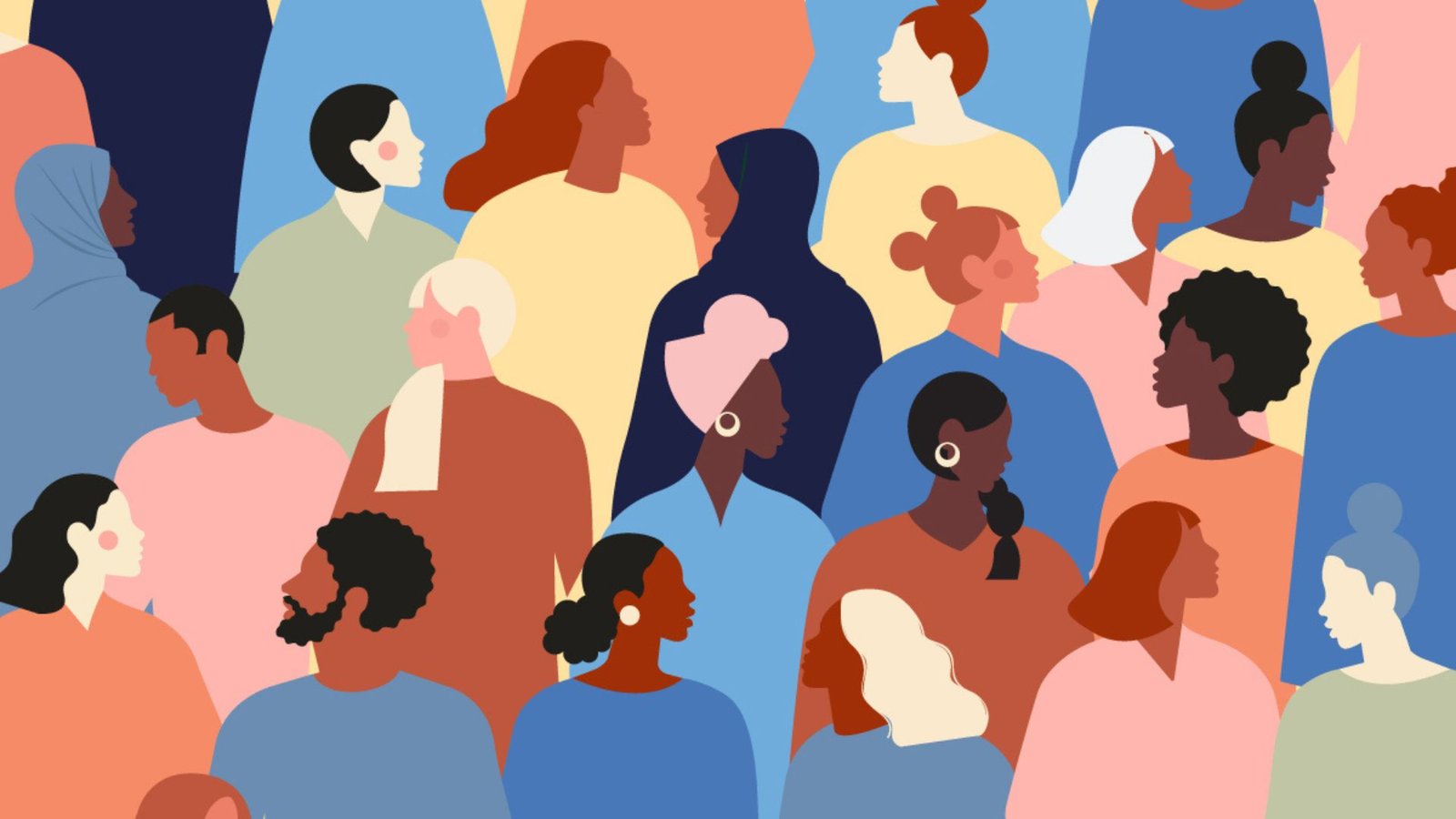Overcoming Gender Stereotypes in Media
Overcoming gender stereotypes in media is crucial for fostering a more inclusive and accurate representation of all genders. Media plays a significant role in shaping public perceptions and reinforcing societal norms. Addressing gender stereotypes in media can help create more equitable portrayals and challenge outdated views. This blog post explores the importance of tackling gender stereotypes in media and offers practical strategies for promoting more balanced representations.

Why Addressing Gender Stereotypes in Media Matters
Overcoming gender stereotypes in media is important for several reasons:
- Shaping Perceptions: Media influences how people view gender roles and expectations. Stereotypical portrayals can reinforce limiting beliefs and perpetuate inequality.
- Impact on Identity: Media representations affect how individuals see themselves and their potential. Stereotypes can limit personal aspirations and reinforce societal pressures.
- Diversity and Inclusion: Addressing stereotypes promotes diversity and inclusion, ensuring that all genders are represented fairly and accurately in media content.
- Social Change: Media has the power to drive social change by challenging stereotypes and promoting more progressive views on gender.
Common Gender Stereotypes in Media
Gender stereotypes in media often manifest in several ways:
1. Traditional Gender Roles
Media frequently portrays men and women in traditional roles, such as men as leaders and women as caregivers. These portrayals can reinforce outdated views and limit the scope of gender roles.
2. Hyper-Sexualization
Women are often depicted in a hyper-sexualized manner, emphasizing their appearance over their abilities. This can perpetuate objectification and reduce women to mere objects of desire.
3. Lack of Representation
Certain groups, such as non-binary individuals or people of color, are often underrepresented or misrepresented in media. This lack of visibility can contribute to marginalization and reinforce stereotypes.
4. Stereotypical Traits
Media often assigns stereotypical traits to different genders, such as portraying women as emotional and men as stoic. These stereotypes limit the complexity and range of character traits available to each gender.
Strategies for Overcoming Gender Stereotypes in Media
To effectively address gender stereotypes in media, consider the following strategies:
1. Promote Diverse Representation
Encourage the inclusion of diverse characters and stories that reflect a range of gender identities and experiences. This includes:
- Varied Roles: Show characters in a variety of roles, from leaders to caregivers, to challenge traditional gender roles.
- Authentic Stories: Highlight authentic and nuanced stories that represent different genders and backgrounds.
2. Challenge Stereotypical Portrayals
Actively challenge and avoid stereotypical portrayals by:
- Breaking Norms: Create content that breaks away from traditional gender norms and showcases characters with non-stereotypical traits.
- Avoiding Clichés: Steer clear of clichés and predictable storylines that reinforce outdated stereotypes.
3. Support Inclusive Content Creators
Support and amplify the work of content creators who are committed to challenging gender stereotypes. This includes:
- Diverse Voices: Collaborate with creators from diverse backgrounds to bring fresh perspectives and stories to the forefront.
- Funding and Resources: Provide funding and resources to projects that focus on gender diversity and inclusion.
4. Educate and Raise Awareness
Educate media professionals and the public about the impact of gender stereotypes. This includes:
- Training Programs: Offer training for content creators on gender sensitivity and inclusive storytelling.
- Public Campaigns: Run awareness campaigns to highlight the effects of gender stereotypes and promote positive change.
5. Implement Guidelines and Standards
Develop and implement guidelines and standards for media content to ensure fair and balanced representations. This includes:
- Diversity Standards: Establish standards for diversity and inclusion in media productions.
- Review Processes: Implement review processes to assess content for gender bias and stereotypes before release.
6. Encourage Audience Feedback
Encourage and listen to feedback from audiences regarding gender representation in media. This includes:
- Surveys and Polls: Conduct surveys and polls to gather opinions on media portrayals and identify areas for improvement.
- Community Engagement: Engage with communities to understand their perspectives and experiences related to media representations.
Benefits of Overcoming Gender Stereotypes in Media
Addressing gender stereotypes in media offers several benefits:
- Increased Awareness: Promotes awareness and understanding of diverse gender experiences and challenges.
- Empowerment: Provides more empowering and realistic portrayals of all genders, enhancing self-esteem and aspirations.
- Social Progress: Contributes to social progress by challenging outdated norms and promoting more equitable views on gender.
- Enhanced Creativity: Encourages creativity and innovation by exploring new and diverse storytelling approaches.
Conclusion
In conclusion, overcoming gender stereotypes in media is essential for promoting fair and inclusive representations. By promoting diverse representation, challenging stereotypical portrayals, supporting inclusive content creators, and implementing guidelines, media can play a pivotal role in advancing gender equality.
Addressing gender stereotypes not only improves media content but also contributes to broader social change. Committing to these strategies helps create a media landscape that reflects and respects the diversity and complexity of all genders, fostering a more inclusive and equitable society.



